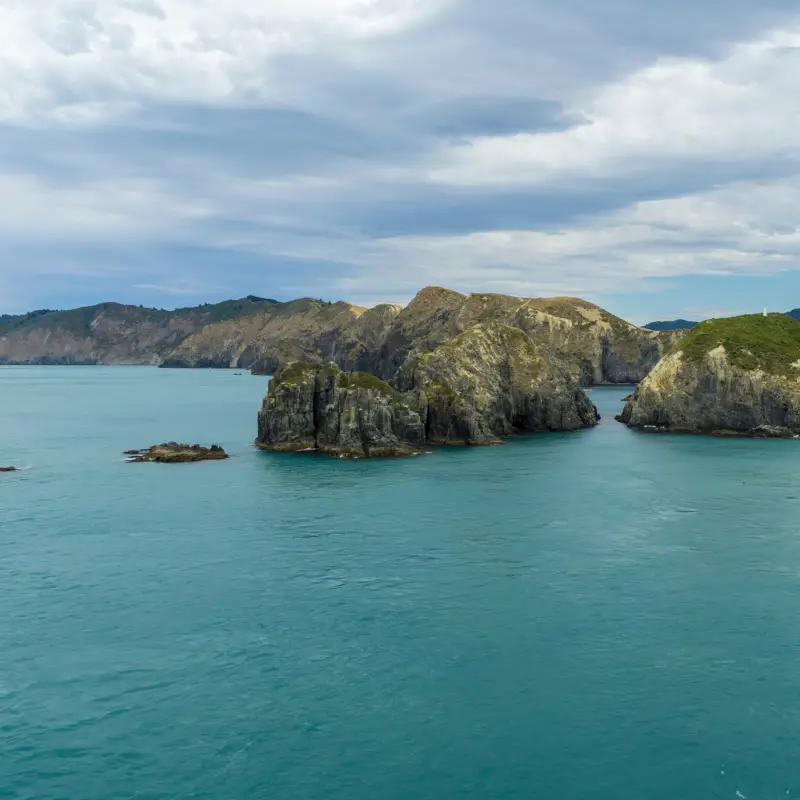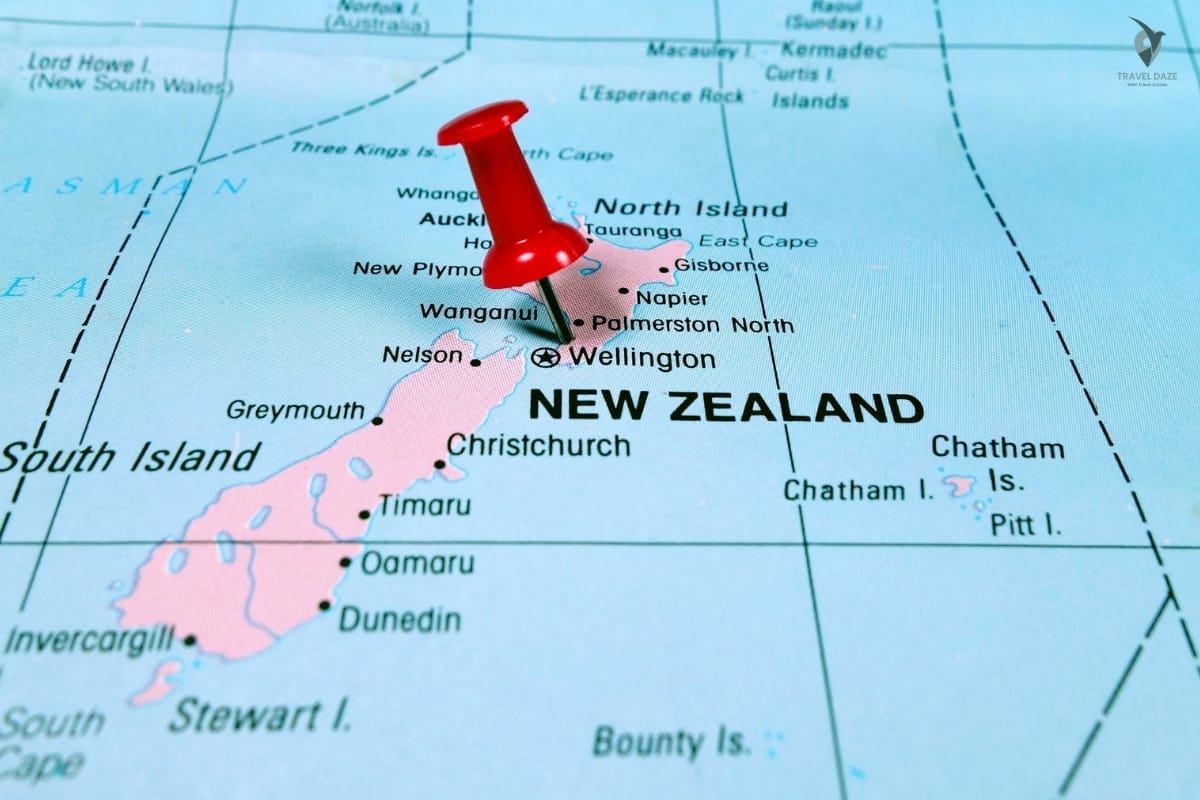I was thinking about crossing the Cook Strait, the turbulent blue currents that separate New Zealand’s North and South Islands.
Table of Contents
ToggleIt is a trip from Wellington, New Zealand’s capital, to the port city of Picton—and vice versa—that I have always wanted to take since I first saw those large ferry vessels cutting through the waves.
It’s a must-do for any intrepid travelers who want to see much more of Aotearoa, and believe me, it is as beautiful as it is needed.
I was so psyched to step on the floating bridge between two worlds of natural beauty called the interisland ferries. As someone who relishes the excitement of novel experiences and stunning scenery, this was an absolute bucket list item.
And here is a little gem for you wanderers: Obtaining a spot on deck transforms a transit into a whale-watching expedition—yes, you read that right!
Now armed with some savvy tips from my very own crossings (and a number of missteps), I am set to guide you through navigating these waters smoothly.
From booking advice to what snacks to pack (spoiler alert: chocolate-coated biscuits aren’t negotiable, dive in!
Key Points on Crossing the Cook Strait
1. I always book my tickets for the Interisland ferry between New Zealand’s North and South Islands ahead of time, as the crossings can fill up quickly, particularly during peak season. This ensures I have a spot on the ferry and helps me plan my travels without any unexpected surprises.
2. For me personally, it really is important to check the weather forecast before sailing across the Cook Strait; it has unpredictable conditions. A calm day might make the 3-hour trip bearable, but rough seas might make it harder.
3. Motion sickness pills, warm clothes, and snacks go into each bag I pack for the crossing. The open sea can be cold and choppy, so I like to be prepared for the journey.
4. I try to be at the terminal a minimum of an hour prior to check-in so I can avoid any queues and get checked in for boarding promptly.
5. Taking advantage of the onboard amenities like lounges, cafes, and decks enhances my ferry experience significantly. These facilities enable me to rest and watch the Marlborough Sounds while I travel between islands.
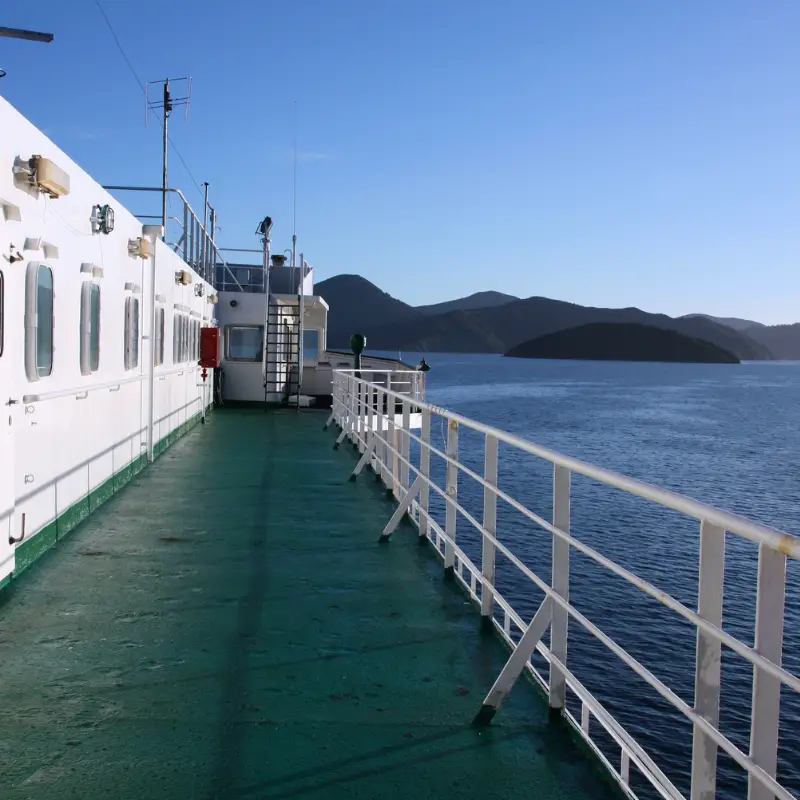
Booking Your Trip Across the Cook Strait.
I had to book in advance when I was crossing the Cook Strait; I knew I had to. Spaces on the ferry fill up rapidly in peak season, so I wanted to make sure I got on the schedule that worked for me.
My experience is that timetables and prices for various ferry operators differ a little. I chose online booking, which was convenient and frequently included a slight discount compared with purchasing tickets at the terminal.
Choosing the Right Ticket Type.
The kind of ticket was an important decision for me. I learned that there are various options, including passenger-only tickets and those for vehicles.
Because I was traveling with a rental car, I needed to get a ticket that covered me and the car. Prices differ depending on car size and year.
In case you’re not taking a vehicle across, a passenger-only ticket is perfect, and it comes at a lower cost. I also considered premium seating, which was an excellent decision too.
Preparing for diverse weather conditions.
The weather in the Cook Strait may be unpredictable. I prepared for everything, from sunshine to very high winds and choppy water.
Layering and having a water-resistant jacket helped me remain comfy on deck, where the views are fantastic.
Inside the ferries, you will find generally heating and air conditioning, so it is a comfy place to be whatever the weather outside.
Using onboard amenities
I liked all the amenities on the ferry. It was more than an A trip from A to B. It was all part of the adventure!
There were cafes and bars, children’s quiet lounges, and play areas for everybody. I enjoyed sitting with a hot drink, watching the scenery pass by, and watching some marine life.
Optimising Experience with Strategic Timing.
One tip was picking a departure time when the views might be best. Early morning and late afternoon sailings provide views of the sun setting or rising.
I took some amazing photos during these times that I would not have been able to take in the midday sun.
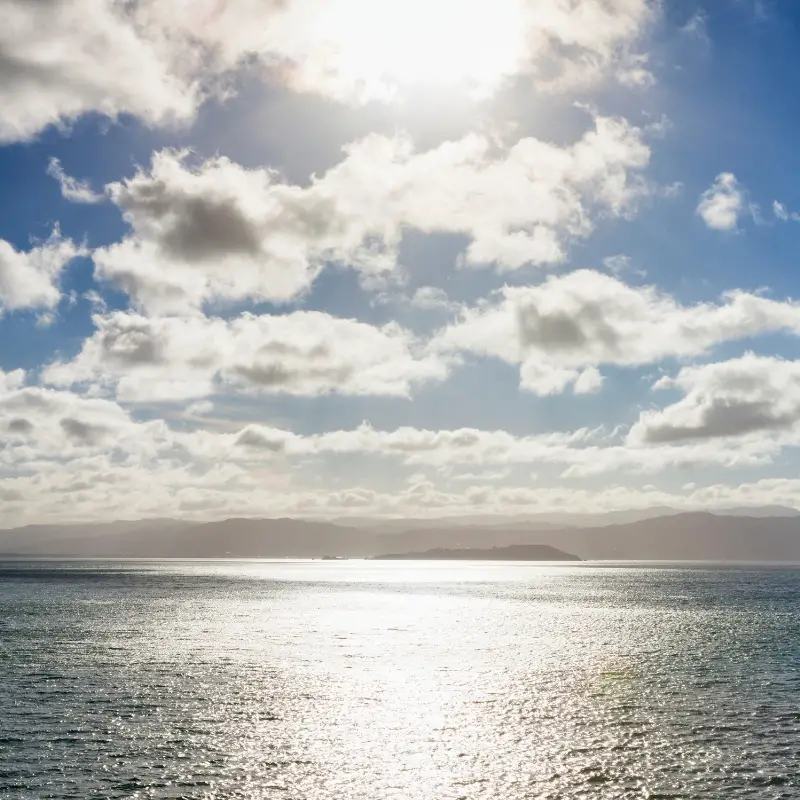
Understanding safety procedures
Upon boarding, I paid close attention to the safety briefing. Crews explained procedures so passengers knew where to get life jackets and how to get out in an emergency.
It was comforting to know that my safety was top of mind for the ferry operators.
Packing for a Smooth Transit.
I kept things such as snacks, a water bottle, and seasickness medicine in a bit of a backpack, which I carried with me, just in case.
Bigger bags can be checked in and tucked away in the luggage compartments. I had a smooth trip because I kept my valuables and things I may need at the crossing close by.
Will I need extra time to check in?
Yes, I needed to leave additional time for check-in. The terminals can be crowded, and freight has to be loaded, so there’s a wait. I arrived well before the suggested check-in time to avoid any stress.
Interaction with the friendly crew.
Crew members were really a highlight for me on the trip. They were always willing to assist with a smile, along with local knowledge and little facts about the areas we were visiting.
A quick talk with them enhanced my crossing experience enormously.
Combining Ferry Travel and New Zealand Rail.
For those wanting to get the most from their travels, you can do even worse than hop on an interisland ferry and a KiwiRail Mainland Pacific train.
I had a smooth connection, and the train panorama was ideal for my maritime leg of the journey.
Can special needs accommodations be afforded?
I noticed that facilities for people with disabilities or special needs on the ferry were thought out.
Restrooms were accessible, ramps were available, and staff had been available to assist with boarding and debarking. Any special requirements must be mentioned when booking so arrangements can be made beforehand.
A Quick Guide to Ferry Crossing Efforts:
1. Book in advance to secure your spot and receive better rates.
2. Pick the right ticket type and choose comfortable seating.
3. Dress in layers for changing weather conditions at the crossing.
4. Use onboard amenities to make your trip more pleasurable.
5. Time your crossing to see the best views.
6. Watch safety briefings if you have peace of mind.
7. Keep some essentials in a carry-on bag for the journey.
8. Check in early to avoid lengthy lines in crowded terminals.
9. Meet the local crew for regional knowledge and a warm travel experience.
Keep in mind that crossing the Cook Strait is much more than a means to go from the North Island to the South Island; it’s also an opportunity to find some of New Zealand’s most dramatic coastal views. With a little preparation and a desire for adventure, it was a voyage I’ll remember. The journey offered a mesmerizing blend of rugged cliffs, open waters, and the occasional sight of playful dolphins. Reflecting on my time in Paihia and Bay of Islands, I realized how much New Zealand’s natural beauty continues to captivate at every turn. Whether it’s the serene charm of the North or the dramatic allure of the South, this country truly feels like a treasure trove of unforgettable experiences.
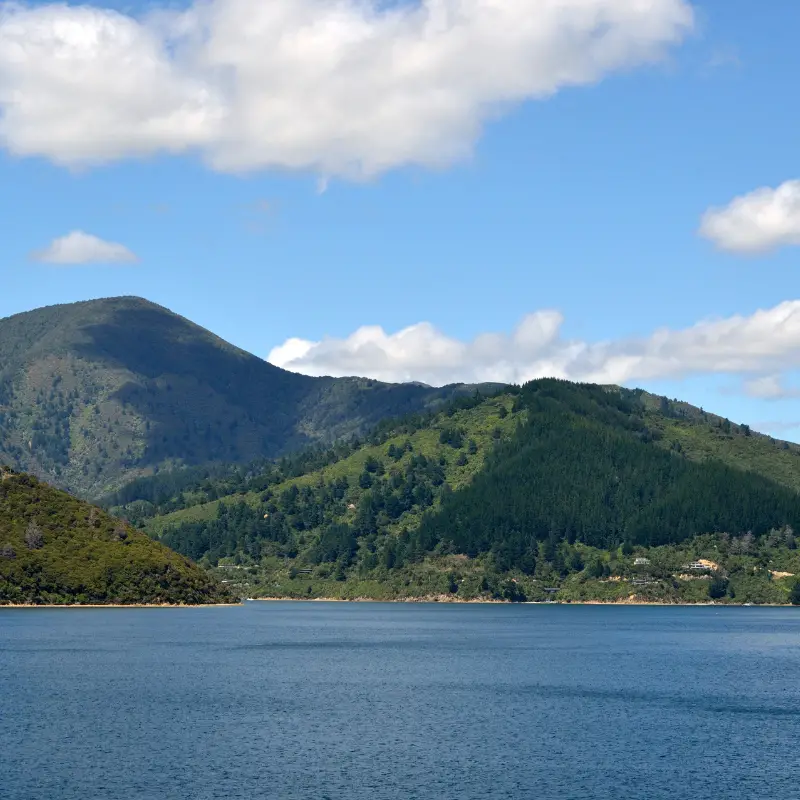
How can I purchase a Cook Strait ferry ticket?
Booking a ticket for an interisland trip is easy. Reserve a spot online at the ferry company’s Web site or by calling customer service. Book well in advance, particularly during peak seasons, to prevent last-minute disappointments.
Could I bring my vehicle aboard the Cook Strait ferry?
Bring your car or campervan on the ferry; that is part of the fun. Just make sure you give accurate dimensions of your vehicle when you book so you can get yourself a spot on board. It is a straightforward drive-on, drive-off experience that lets you continue your road trip effortlessly on the other island.
When should I cross the Cook Strait?
The waters in the Strait are rough or calm, depending on the weather conditions. During the summer months, aim for a morning sail for smoother seas and sunlit views in between the islands.
Is there a food on the ferry?
You may not go hungry across the Strait, but you will be nourished. You will discover a range of dining choices aboard, from snacks and beverages to full meals to satisfy your appetite as you enjoy the scenic cruise.
How long does it take to cross the ferry pier?
The voyage generally takes three to three and a half hours, depending on conditions. It is the perfect time to enjoy the views, snap some photos, or just relax in the sea air.
What should I wear to the crossing?
Dress comfortably and in layers. The weather is often unpredictable; be prepared for cool breezes or sunny decks. Pack a windbreaker or a jacket if you want to take in the view from the outside areas.
Are there facilities for kids on board?
Families are catered for with play areas and entertainment for the little ones. It is a stress-free pass for parents and a mini-cruise for the kids.
Is it possible to take my pet on the ferry?
Pets are permitted aboard the Cook Strait ferry, of course. They have places for your furry friend to stay during the trip. Look at the pet policy on the ferry and book accordingly if you plan to take your pet along with you.
If I get seasick, have you got any advice?
In case you get motion sickness, be prepared. Preventive medication should be taken before departure, and if possible, remain on the lower deck in the fresh air. Ferry staff members also know how to deal with seasick passengers; ask for assistance in case you need it.
Can I change or even cancel my booking?
Plans may change, and nearly all ferry services let you change your travel dates. But check the terms and conditions; fees may apply, and cancellation procedures might differ.
Leaving the Cook Strait: Final Thoughts.
The Cook Strait crossing by ferry is more than a transit between the North and South Islands; it’s a cultural experience and also an actual crossing.
It is an enriching travel experience in and of itself. The journey gives an insight into New Zealand’s landscapes and enables you to transition between the experiences each island offers.
For a traveler who appreciates the journey, this particular trip is a highlight, which goes along with the adventure on either side of that Strait.
Travel safely and enjoy this New Zealand crossway!

